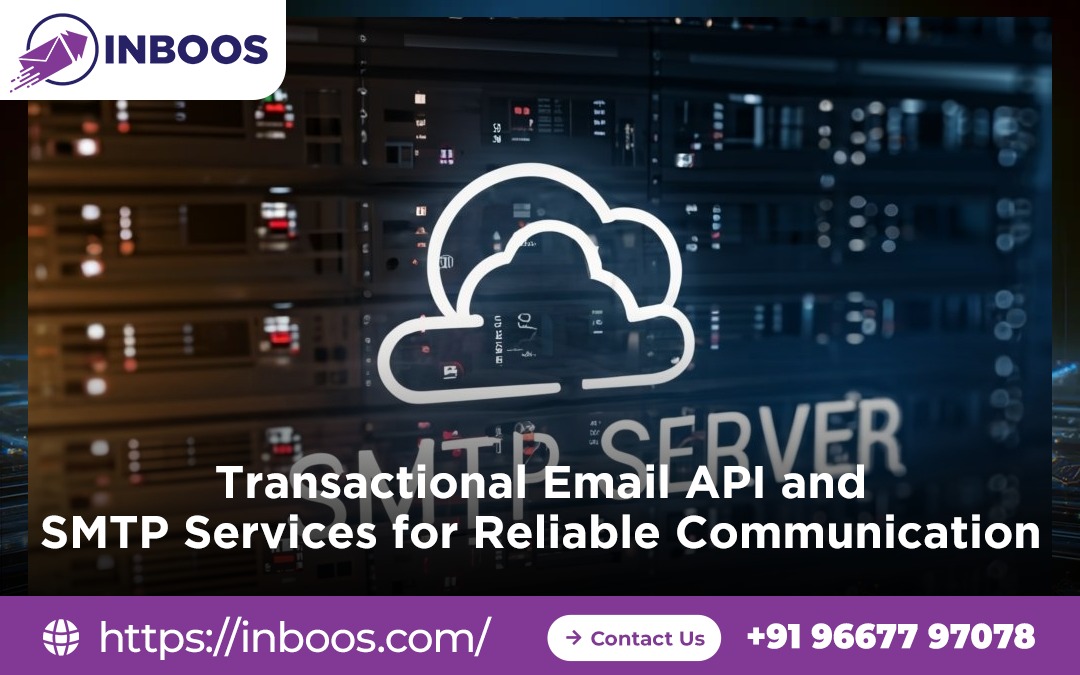Introduction
Email marketing is one of the simplest yet most powerful ways for businesses to reach customers instantly. In a digital world where attention spans are short and competition is fierce, the ability to deliver a message directly into a customer’s inbox within seconds is invaluable. Unlike social media posts that depend on algorithms or paid ads that require constant spending, email marketing gives businesses control over their communication.
Table of Contents
ToggleThis article explores how email marketing works, why it remains effective, and how businesses can use it to connect with customers in real time. We’ll cover strategies, examples, tools, and best practices—all designed to help you build campaigns that are both practical and impactful.
Why email marketing remains relevant
Email marketing has been around for decades, yet it continues to outperform many newer channels. The reason is simple: it combines immediacy with personalization. Customers check their inboxes multiple times a day, and when your message arrives at the right moment, it feels timely and useful.
Businesses rely on email because it is measurable, scalable, and cost‑effective. Whether you’re a small startup or a global enterprise, email marketing adapts to your needs. It can deliver promotional offers, transactional updates, educational content, or personalized recommendations—all instantly.
Comparing email with other channels
| Channel | Cost Efficiency | Personalization | Instant Reach | Measurability |
|---|---|---|---|---|
| Email Marketing | High | Strong | Instant | Detailed |
| Social Media | Medium | Moderate | Fast | Limited |
| SMS Marketing | Medium | Low | Instant | Basic |
| Paid Ads | Low | High | Fast | Strong |
How email marketing works step by step
Email marketing follows a structured process:- Build a subscriber list Collect emails through sign‑ups, gated content, or promotions.
- Segment the audience Group subscribers by demographics, purchase history, or engagement.
- Create personalized content Tailor subject lines, offers, and visuals to each segment.
- Automate delivery Use tools to schedule and trigger emails at the right time.
- Measure performance Track opens, clicks, conversions, and revenue to refine campaigns.
The psychology behind email marketing
Email works because it taps into human behavior:- Urgency: Limited‑time offers encourage immediate action.
- Relevance: Personalized subject lines increase open rates.
- Consistency: Regular updates build trust.
- Exclusivity: Special deals make subscribers feel valued.
Strategies for effective campaigns
Personalization
Go beyond names. Use browsing history, purchase data, and preferences.
Timing
Send when customers are most likely to engage. Tools can predict optimal times.
Mobile‑friendly design
Most emails are read on phones. Responsive design is essential.
Clear calls to action
Guide readers toward one main action per email.
Testing
A/B test subject lines, visuals, and CTAs to improve results.
Types of campaigns businesses use
| Campaign Type | Purpose | Example Use Case |
|---|---|---|
| Welcome | Introduce brand to new subscribers | First‑time sign‑up greeting |
| Promotional | Drive sales with offers | Holiday discounts |
| Transactional | Confirm purchases or actions | Order confirmation |
| Newsletter | Share updates and insights | Monthly industry news |
| Re‑engagement | Win back inactive customers | “We miss you” campaigns |
Best practices to follow
- Keep subject lines short and clear.
- Balance promotional and informational content.
- Maintain list hygiene by removing inactive subscribers.
- Respect privacy regulations like GDPR.
- Use visuals sparingly but effectively.
Tools that simplify email marketing
| Tool | Key Features | Best For |
|---|---|---|
| Mailchimp | Automation, analytics, templates | Small to mid‑sized businesses |
| HubSpot | CRM integration, personalization | Enterprises |
| ActiveCampaign | Behavioral triggers, segmentation | Growth‑focused businesses |
| Sendinblue | Affordable automation, SMS + email | Startups and SMEs |
Common mistakes to avoid
- Sending too many emails.
- Weak list hygiene.
- Mismatched email and landing page.
- Ignoring mobile design.
- No clear goal per email.
Case studies and examples
A retail brand launching a seasonal campaign can use email to send personalized offers, remind customers of abandoned carts, and follow up with exclusive discounts. A SaaS company onboarding new users can automate welcome emails, send usage tips, and trigger upsell offers based on behavior. These examples show how email adapts to different industries.Advanced techniques
- Micro‑segmentation for precise targeting.
- Send‑time optimization based on engagement data.
- Plain‑text emails for personal tone.
- Reply handling to build trust.
- Cadence mapping to avoid over‑sending.
Measuring success
| Metric | What it shows | How to improve |
|---|---|---|
| Open rate | Subject line + deliverability | Clean list, clear subject |
| CTR | Content relevance + CTA clarity | Sharper offer, better placement |
| Conversion rate | Offer strength + landing page fit | Match message to page |
| Revenue per send | Financial efficiency | Segment, promote right products |
| Unsubscribe rate | Content mismatch | Better targeting, adjust cadence |
 logo
logo



